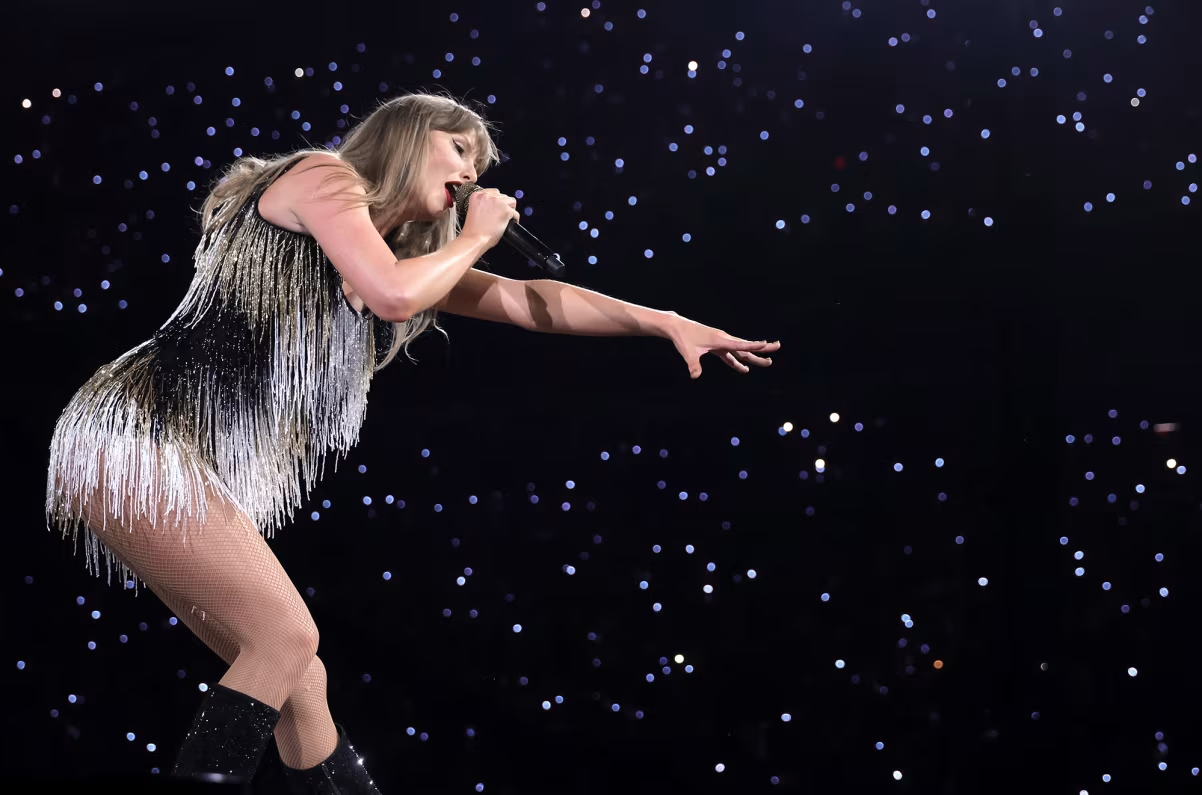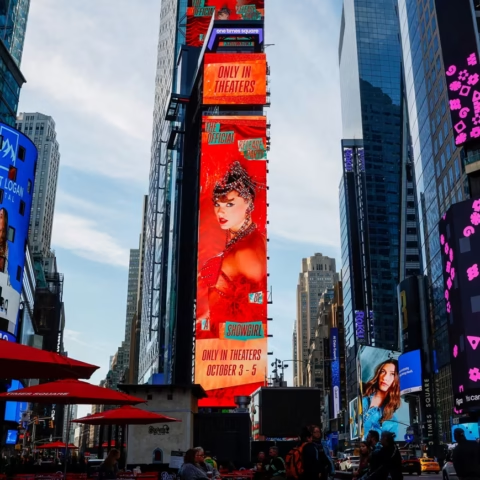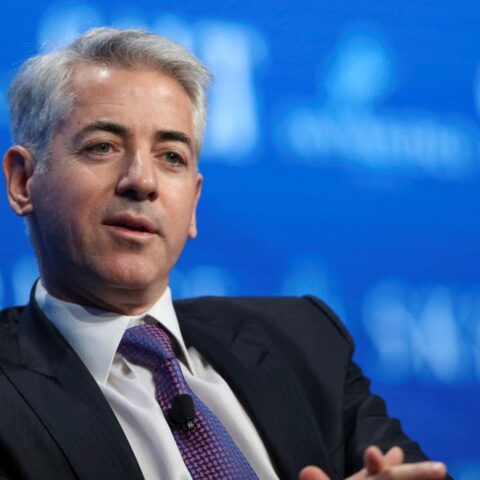From blockbuster tours to billion-dollar business ventures, Swift transforms albums into a global economic ecosystem.
Taylor Swift is not just a pop star — she is a powerhouse of business ingenuity, turning every album release, tour, and film into a carefully orchestrated economic phenomenon. With her 12th studio album, The Life of a Showgirl, and its accompanying concert film, Swift continues to expand her empire, a system affectionately dubbed “Swiftonomics.”
Unlike most artists, Swift has redefined the traditional music business model. She is a global entertainer, movie producer, and even a fixture in the NFL spotlight through her engagement to Kansas City Chiefs tight end Travis Kelce. As of 2023, she became a billionaire, with her net worth now estimated at $2.1 billion. This growth stems not only from her record-breaking Eras Tour and concert films but also from her strategic acquisition of the rights to her early albums, giving her full control over her music catalog.

Swift’s business acumen is evident in the way she distributes her films. The 2023 concert movie Taylor Swift: The Eras Tour grossed $261.7 million worldwide, revitalizing the post-COVID box office. By partnering directly with AMC rather than traditional studios, Swift maximized her revenue, receiving 57% of ticket sales while also boosting theater attendance. Her latest release, Taylor Swift: The Official Release Party of a Showgirl, is expected to earn $30–35 million domestically, further proving her power to drive revenue in unconventional ways.
Beyond film, Swift’s tours generate immense economic impact. The Eras Tour alone produced an estimated $2.2 billion in North American ticket sales. Fans, affectionately called Swifties, spent approximately $5 billion in related travel, accommodation, dining, and merchandise, rivaling expenditures associated with major sporting events like the Super Bowl. Cities hosting her concerts reported record-breaking hotel occupancy rates and local business growth, reflecting the broader economic ripple effect of her career.
Swift has also leveraged her catalog strategically. By buying back the rights to her earliest albums and releasing Taylor’s Version re-recordings, she ensures long-term revenue from both historical hits and new releases. Her dominance on streaming platforms, including holding the title of Spotify’s top global artist for two consecutive years, complements her physical and live music revenues, creating a multi-layered financial ecosystem.
“Taylor came out and said, ‘I’m not going to let unseen executives take the lion’s share — I’m going to change the industry,’” said University of Oregon music professor Drew Nobile. “That’s why the whole idea of Swiftonomics took hold.” Indeed, Swift’s approach has transformed the way artists think about album releases, tours, and ancillary products. Each new project becomes a gateway for a network of economic activity, spanning merchandise, collectibles, vinyl, cassette editions, and cinematic releases.
American University economics professor Kara Reynolds highlights that Swift’s releases also stimulate local economies. Bars hosting release parties, theaters screening her concert films, and fans buying new outfits all contribute to a tangible financial boost wherever she performs. Meanwhile, the combination of streaming, live performances, and intellectual property ownership ensures her influence extends far beyond album sales.

Taylor Swift has become more than a musical icon — she is a blueprint for modern artist entrepreneurship. Her ability to integrate music, film, merchandise, and live events into a cohesive financial apparatus showcases a revolutionary approach to entertainment, one that continues to expand her reach, influence, and wealth on a global scale.




















